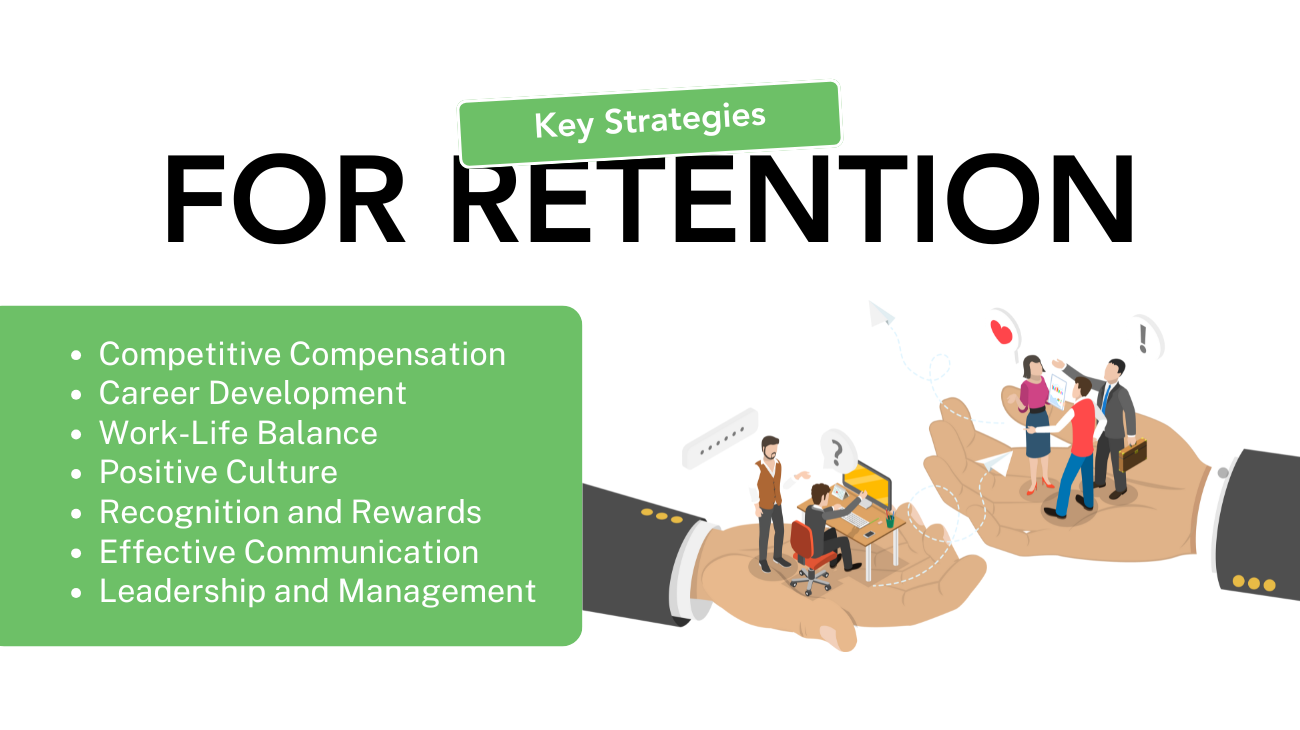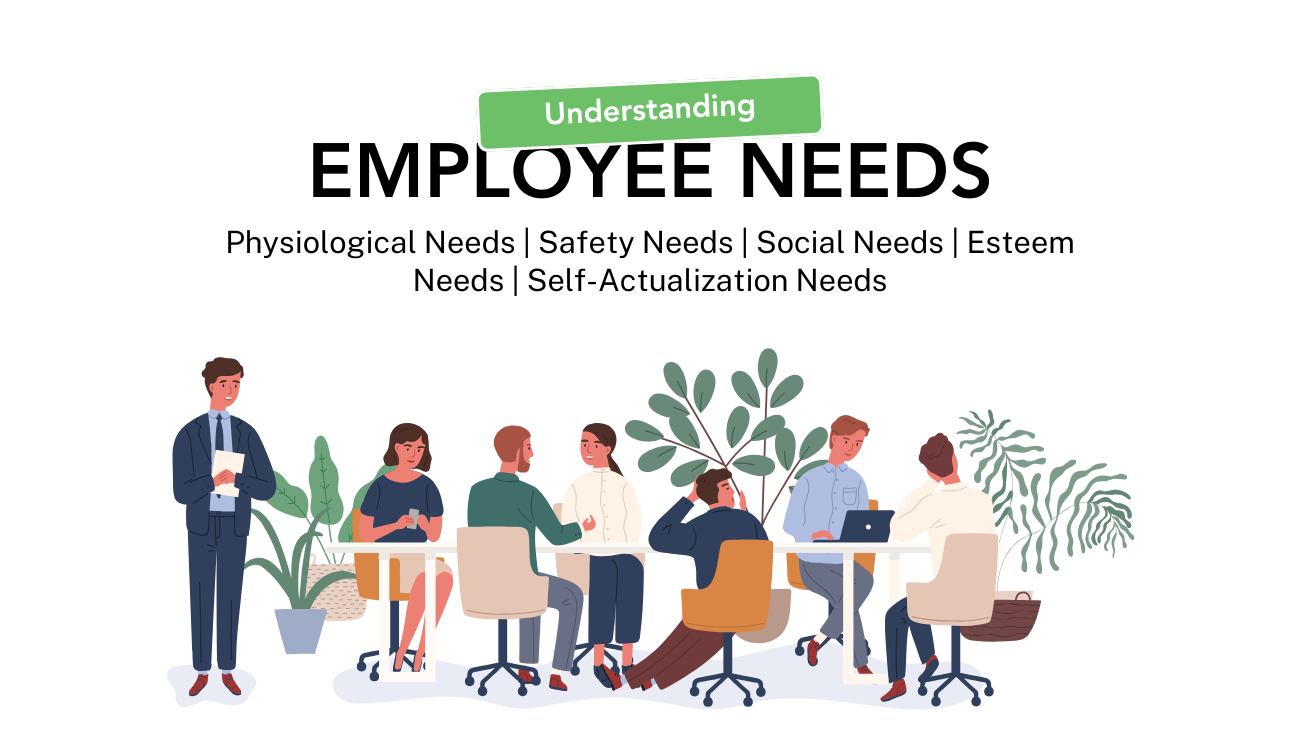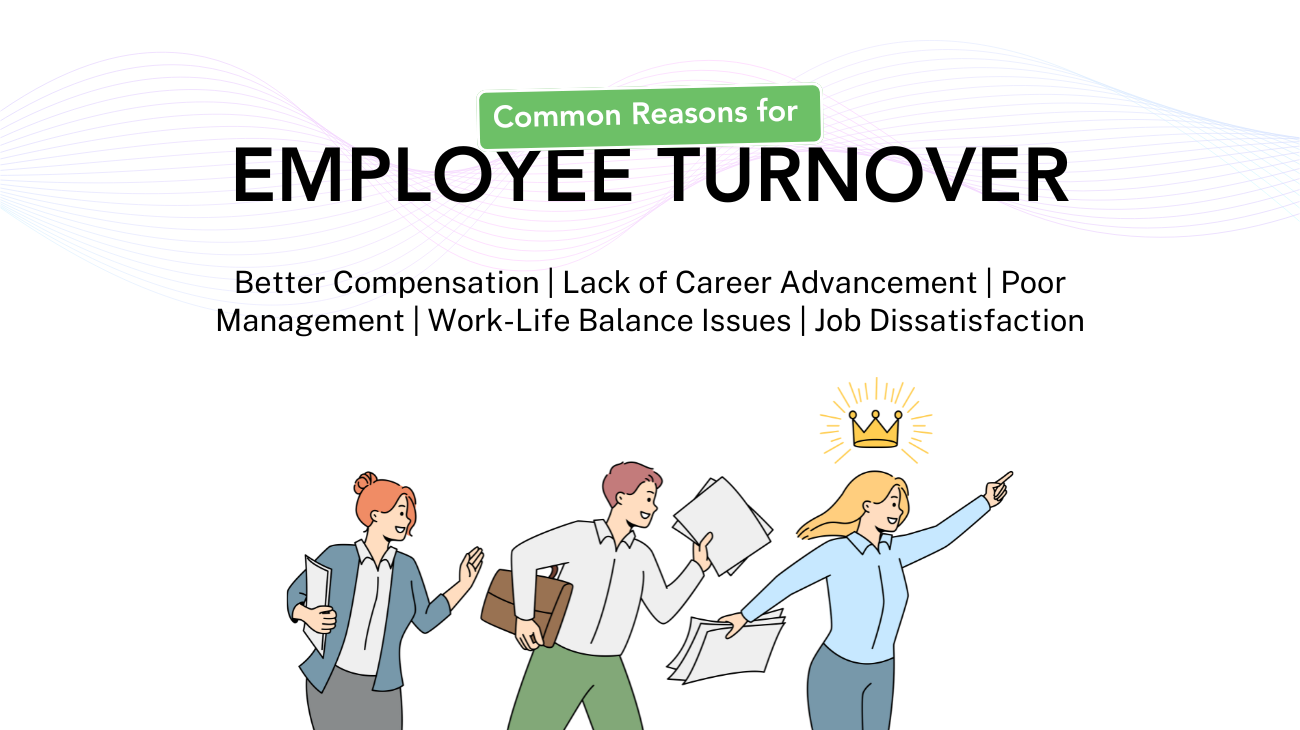How to Retain Your Best Employees
Introduction to Employee Retention
Retaining your best employees is essential for any organization aiming for long-term success. It means keeping your top performers happy and committed, which helps save costs on hiring and training while maintaining stability and knowledge within the team. This article explores practical strategies to achieve this, balancing technical insights with engaging content for readers and search engine optimization.
Why It Matters
Employee turnover can be expensive, with research suggesting costs can reach up to twice an employee’s annual salary for replacement. It also disrupts team dynamics and loses valuable institutional knowledge. Companies with high retention rates, like Google, often attract more talent due to their reputation, making retention a competitive advantage.
Key Strategies for Retention

Here are some effective approaches, backed by recent data:
- Competitive Compensation: Ensure salaries match market rates, with benefits like health insurance and bonuses. A survey found 60% of employees might leave for a 10% pay increase.
- Career Development: Offer training programs and clear promotion paths. A LinkedIn survey shows 94% of employees stay longer with career investment.
- Work-Life Balance: Provide flexible hours and remote work options, as 59% of employees value this highly.
- Positive Culture: Foster inclusivity and open communication, with 77% of employees prioritizing culture in job decisions.
- Recognition and Rewards: Regularly acknowledge achievements, as 81% of employees find recognition important.
- Effective Communication: Keep employees informed through regular updates, boosting engagement and retention.
- Leadership and Management: Train managers to support teams, as 58% of leavers cite poor management.
Defining Employee Retention
Employee retention refers to an organization’s ability to keep its employees, particularly high performers, over time. It is a critical aspect of human resource management, as high turnover rates can disrupt operations, increase costs, and affect company reputation. Research suggests that retaining top talent is increasingly challenging in today’s competitive job market, with factors like the Great Resignation and evolving workforce expectations shaping retention dynamics.
The importance of retention lies in its impact on financials and organizational health. For instance, replacing an employee can cost 1.5 to 2 times their annual salary, according to a 2025 report. This includes recruitment, training, and lost productivity costs. Additionally, long-term employees bring continuity, deep knowledge, and stability, making retention a strategic priority for businesses aiming for sustained success.
Understanding Employee Needs

To retain employees effectively, organizations must understand what drives job satisfaction and commitment. One useful framework is Maslow’s Hierarchy of Needs, which categorizes employee needs into levels:
- Physiological Needs: Fair compensation and safe working conditions.
- Safety Needs: Job security and benefits like health insurance.
- Social Needs: Good relationships with colleagues and a sense of belonging.
- Esteem Needs: Recognition and opportunities for advancement.
- Self-Actualization Needs: Opportunities to learn, grow, and engage in challenging work.
Research suggests that addressing these needs at various levels increases employee engagement and loyalty. For example, a 2024 Gallup report highlights that employees who feel their basic needs are met are 30% more likely to recommend their employer. This understanding forms the foundation for tailored retention strategies.
Common Reasons for Employee Turnover

Identifying why employees leave is crucial for reducing turnover. Common reasons include:
- Better Compensation: Employees may seek higher pay or better benefits elsewhere. A 2025 survey found that 60% would consider leaving for a 10% salary increase.
- Lack of Career Advancement: Without growth opportunities, employees may look for roles with clearer paths. A LinkedIn survey indicates 85% cite this as a top reason for leaving.
- Poor Management: Ineffective or unsupportive managers drive turnover, with 58% of leavers citing this issue.
- Work-Life Balance Issues: Overworking can lead to burnout, with 59% of employees valuing balance highly.
- Job Dissatisfaction: A toxic culture or lack of engagement can push employees to seek better environments, with 77% prioritizing culture in job decisions.
These factors highlight the need for a multifaceted approach to retention, addressing both financial and non-financial drivers.
Strategies for Retention: Detailed Implementation
Implementing effective retention strategies requires a comprehensive approach. Below, each strategy is explored with supporting data and practical tips:
Competitive Compensation and Benefits
- Importance: Employees need to feel fairly compensated to stay committed. Research shows companies with above-average pay have 20% lower turnover rates.
- Implementation:
- Regularly review salaries against market rates using tools like Glassdoor or PayScale.
- Offer comprehensive benefits, including health insurance, retirement plans, and paid time off.
- Consider performance-based bonuses or profit-sharing to incentivize retention.
- Statistics: A 2025 Robert Half survey found 60% of employees might leave for a 10% pay increase.
Career Development and Growth Opportunities
- Importance: Employees seek meaningful work and advancement. A 2025 Harvard Business Review study suggests promoting during employer-friendly markets reduces future turnover.
- Implementation:
- Provide training programs, such as online courses or workshops, and measure their impact on performance.
- Offer mentorship and coaching to support career growth.
- Create clear promotion paths and encourage goal-setting for personal and professional development.
- Statistics: A LinkedIn survey found 94% would stay longer with career investment, and 85% cite lack of growth as a top reason for leaving.
Work-Life Balance
- Importance: Balancing work and personal life prevents burnout. A 2024 Pew Research Center survey found 59% value this highly.
- Implementation:
- Offer flexible hours and remote work options to accommodate personal needs.
- Encourage employees to take breaks and use vacation time, promoting a culture that values rest.
- Implement policies like parental leave or sabbaticals to support life events.
- Statistics: Companies with flexible arrangements show lower turnover, with a 2025 report noting improved retention in hybrid models.
Positive Company Culture
- Importance: A supportive culture fosters belonging. Research shows 77% prioritize culture in job decisions.
- Implementation:
- Foster open communication through regular feedback channels and town halls.
- Celebrate diversity and inclusivity, ensuring all employees feel valued.
- Encourage collaboration and team-building activities to strengthen relationships.
Statistics: Companies with strong cultures have higher retention and better financial performance, per a 2025 Glassdoor study.
Recognition and Rewards
- Importance: Acknowledging contributions boosts morale. A 2025 Achievers survey found 81% find recognition important.
- Implementation:
- Implement formal programs like “Employee of the Month” or peer recognition platforms.
- Offer financial rewards, such as bonuses, for exceptional performance.
- Publicly acknowledge achievements in meetings or company newsletters.
- Statistics: Companies with regular recognition have higher retention, with 76% linking it to job satisfaction.
Effective Communication
- Importance: Keeping employees informed reduces uncertainty. A 2025 Workplace Intelligence study found informed employees are 2.2 times more likely to stay.
- Implementation:
- Hold regular meetings and send company updates via email or intranet.
- Encourage open dialogue through surveys or suggestion boxes.
- Ensure transparency in decision-making to build trust.
- Statistics: Effective communication is a key engagement factor, impacting retention rates.
Leadership and Management
- Importance: Good leaders drive retention. A 2025 Leadership IQ survey found 58% leave due to poor management.
- Implementation:
- Provide leadership training focusing on coaching and support skills.
- Encourage managers to be approachable and hold regular one-on-one meetings.
- Hold managers accountable for team retention and engagement metrics.
- Statistics: Companies with effective managers show higher retention and engagement, per a 2025 report.
Case Studies: Real-World Examples
Real-world examples illustrate these strategies in action:
- Google: Known for competitive pay, extensive training, and flexible work policies, Google maintains low turnover.
- Salesforce: Focuses on culture with the Ohana Awards and robust development programs, enhancing retention.
- Patagonia: Emphasizes sustainability and work-life balance, with policies like extended leave, resulting in high retention rates.
These cases show how combining strategies can create a retention-friendly environment.
Conclusion
Employee retention is a complex, ongoing process requiring continuous effort. By addressing compensation, growth, balance, culture, recognition, communication, and leadership, organizations can build a loyal workforce. Start by assessing current practices, gathering employee feedback, and implementing one strategy at a time, measuring impact through retention rates and engagement surveys. Prioritizing employee satisfaction ensures long-term success and a thriving workplace.
Summary of Retention Strategies and Impact
Strategy | Key Action | Impact (Statistics) |
Competitive Compensation | Match market rates, offer benefits | 20% lower turnover with above-average pay |
Career Development | Provide training, clear paths | 94% stay longer with investment in growth |
Work-Life Balance | Flexible hours, remote options | 59% value balance highly, lower turnover |
Positive Culture | Foster inclusivity, open communication | 77% prioritize culture in job decisions |
Recognition and Rewards | Acknowledge achievements, offer bonuses | 81% find recognition important, higher retention |
Effective Communication | Regular updates, feedback channels | 2.2x more likely to stay when informed |
Leadership and Management | Train managers, ensure support | 58% leave due to poor management, higher retention with good leaders |



